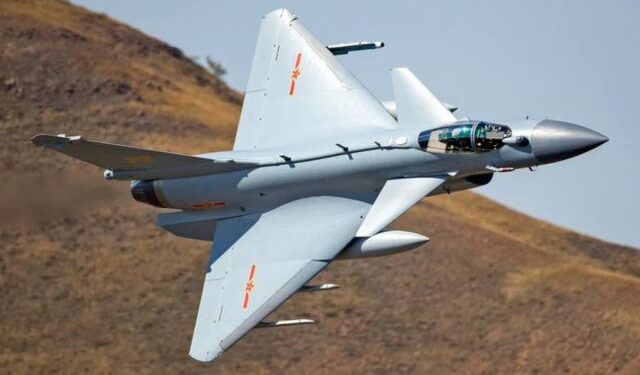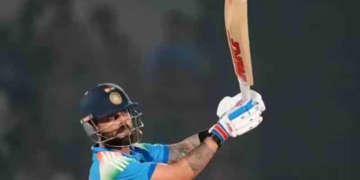Iran is reportedly finalising a deal to acquire Chinese Chengdu J-10C fighter jets, after years of failed expectations from Russia’s Su-35 deliveries and a stunningly ineffective air response to recent Israeli and American strikes.
The decision to source these 4.5-generation multirole aircraft from China comes as Tehran seeks to revive its sanction-riddled and largely outdated air force. The move also reflects a strategic shift in Iran’s defence alliances, signalling deeper military engagement with China, especially after only a fraction of the promised Russian aircraft were delivered post the 2023 agreement.
With the Israeli and US air assault leaving Iran’s skies virtually unguarded, Beijing’s Vigorous Dragon offers hope. The J-10C boasts an AESA radar, superior manoeuvrability, and the ability to deploy PL-15 long-range missiles—missiles that Pakistan recently used during skirmishes with India.
The deal, however, revives a stalled history: Iran and China had first discussed the J-10 as early as 2015, but it was derailed by sanctions and financial hurdles. Now, with Beijing reportedly more amenable to bartering and Russia stepping back, the agreement appears back on track.
Experts note that the deal, if signed, will not only modernise Tehran’s fleet but also mark a significant shift in regional power dynamics. With Iran’s Cold War-era jets no match for adversaries’ fifth-generation fighters, the J-10C—while not flawless—represents a critical upgrade.
Whether this move will restore balance or intensify tensions in the already volatile region remains to be seen.





























